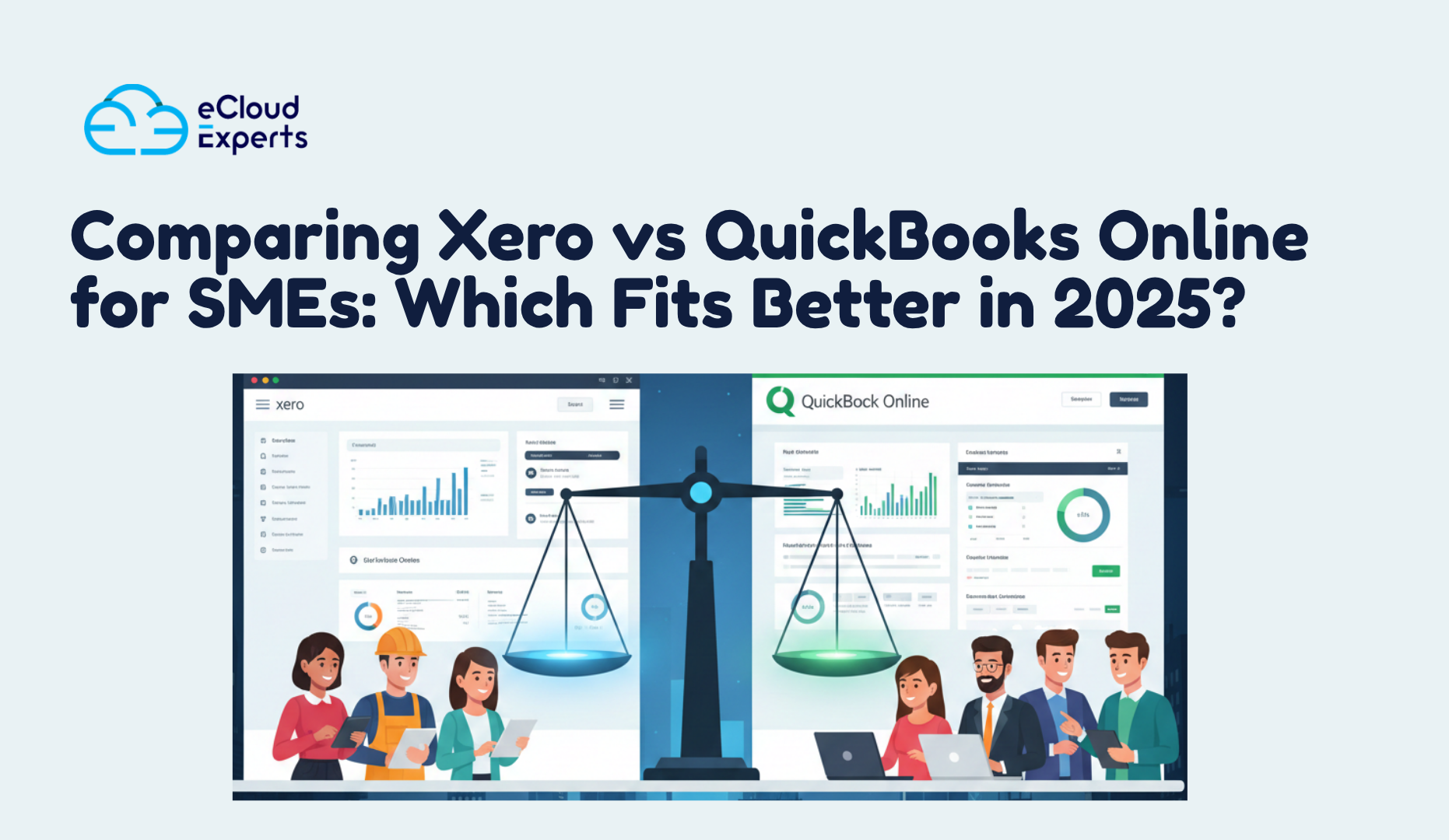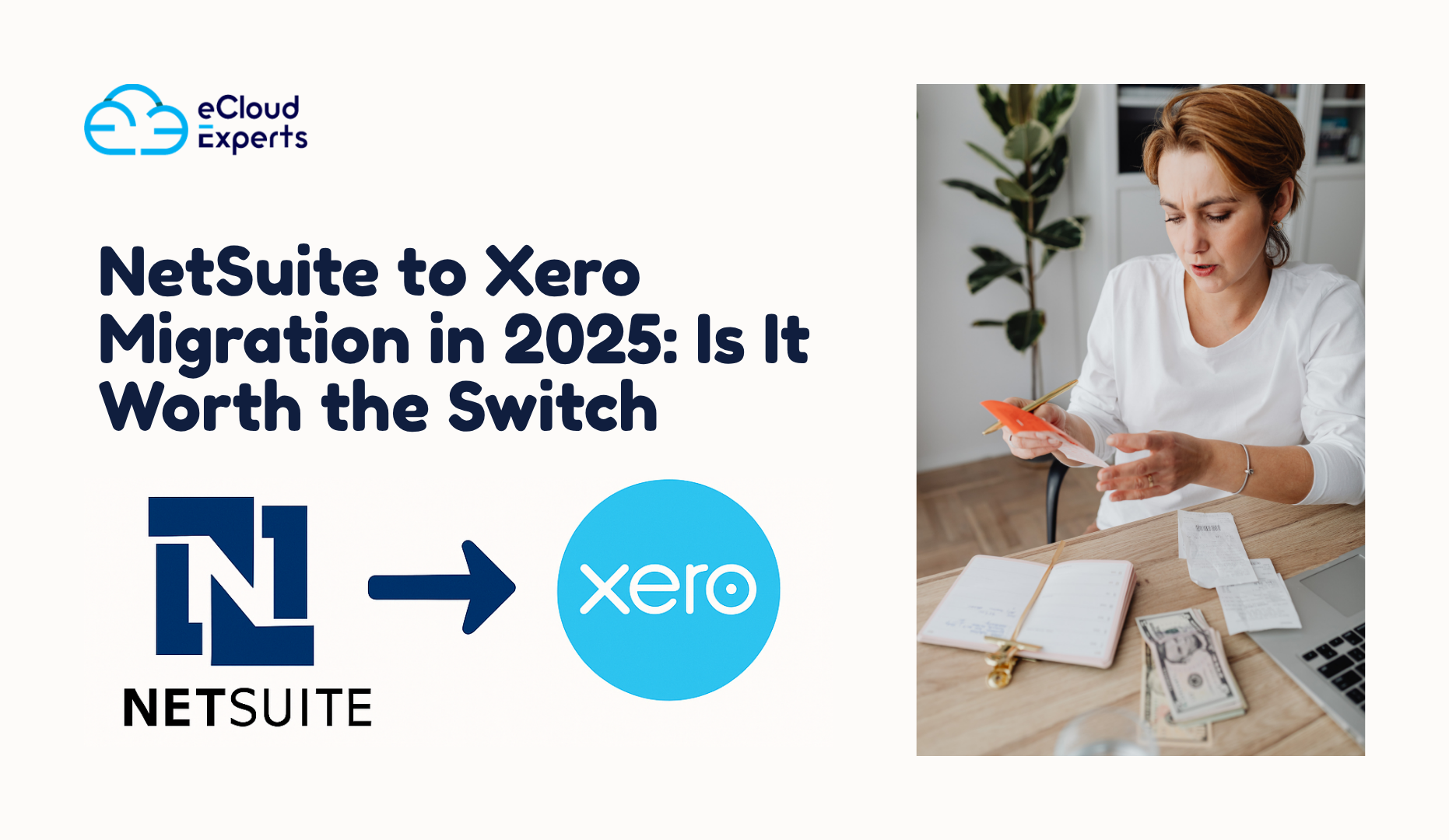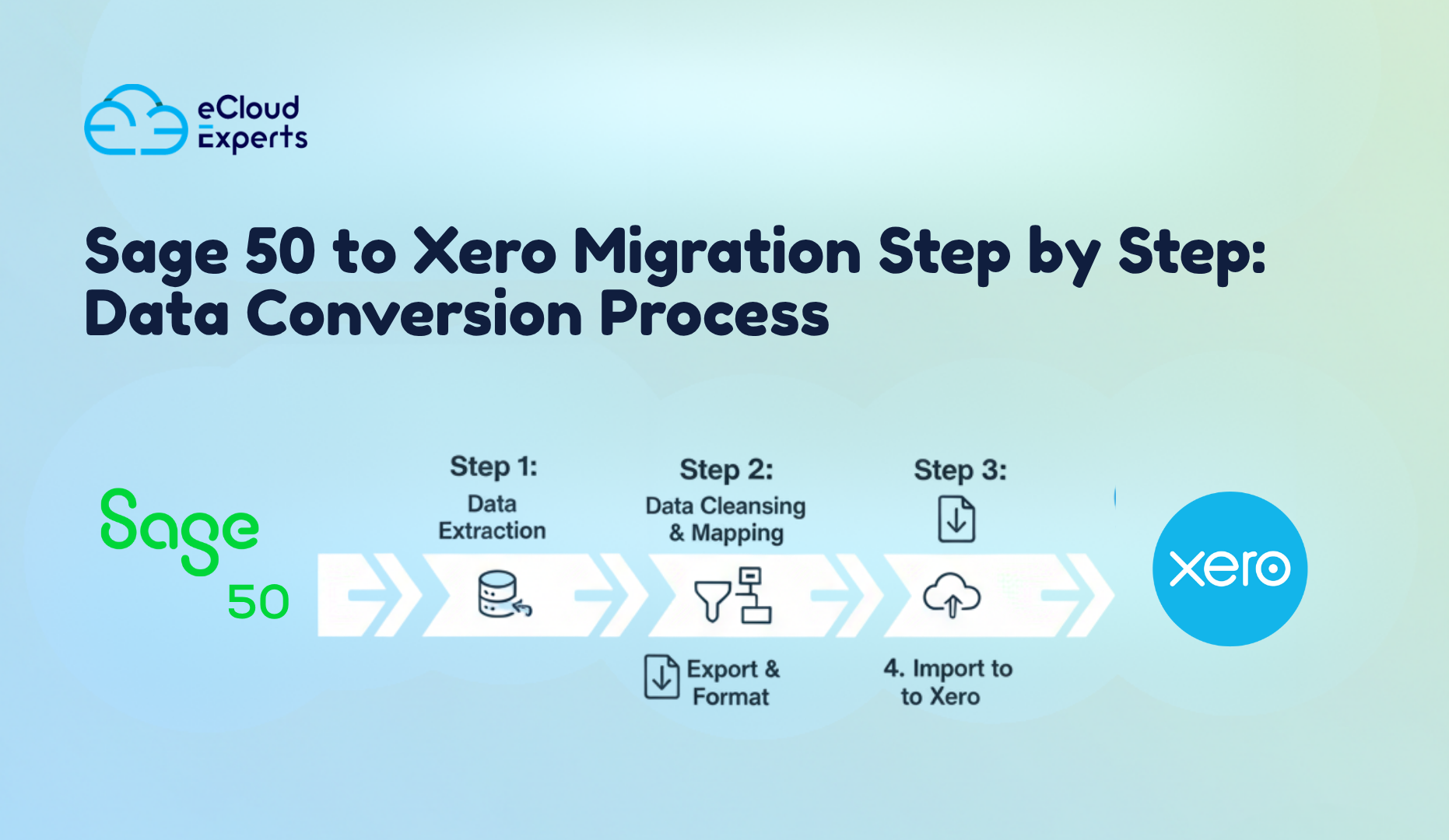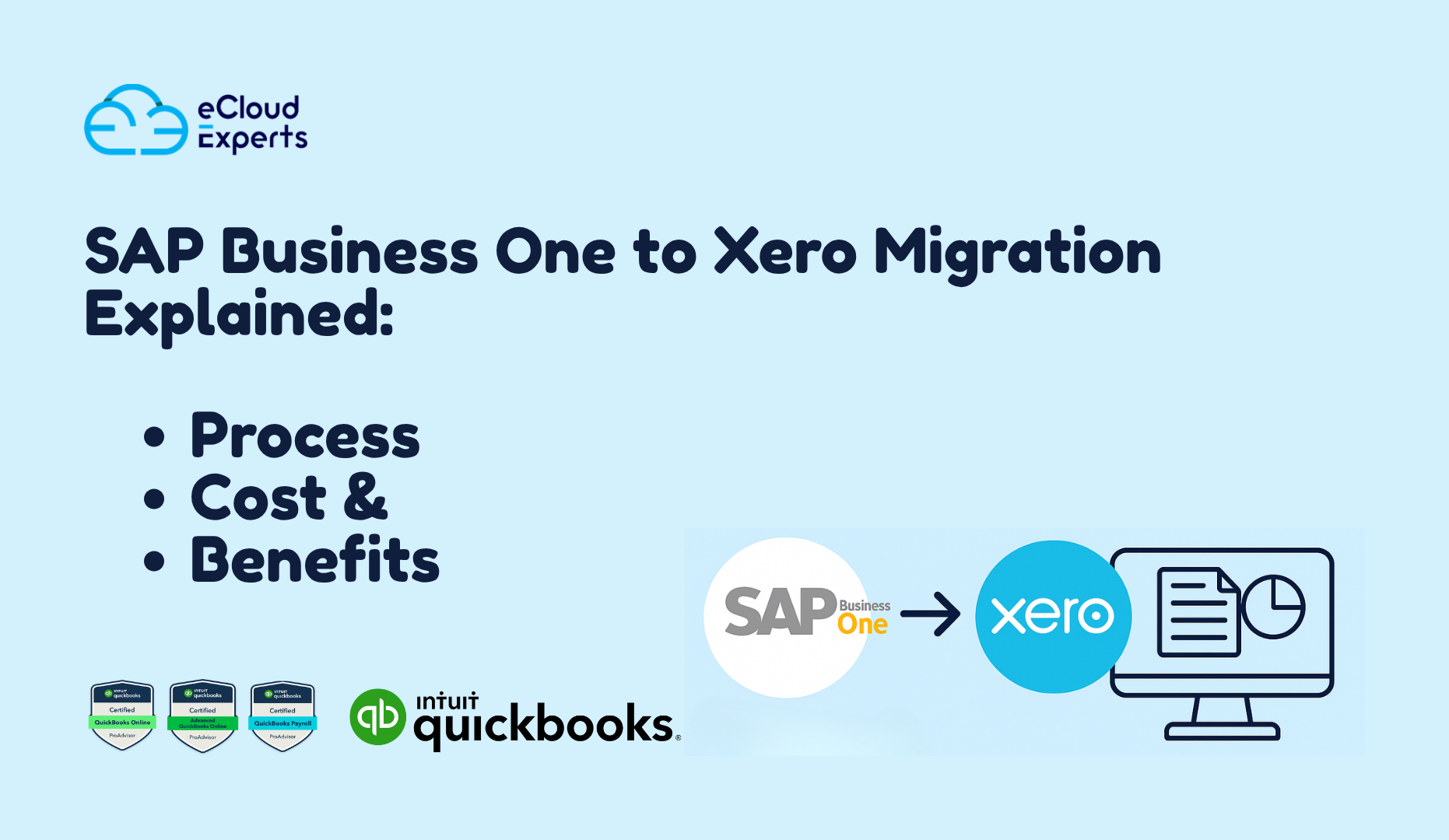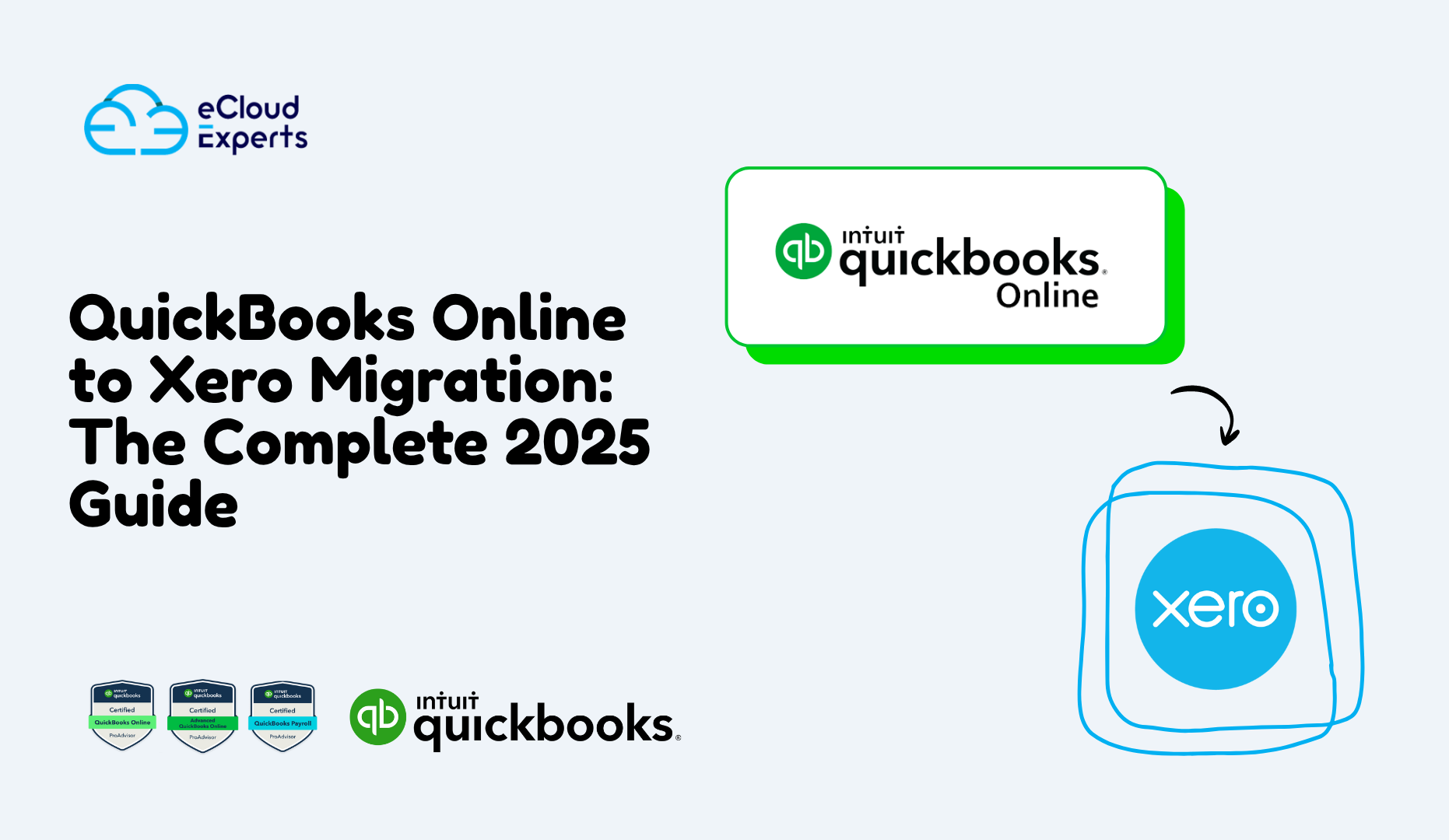Let’s be honest when you started your e-commerce business, you probably didn’t dream of spending hours wrestling with sales tax reports or VAT spreadsheets. You were excited to sell, scale, and build something you’re proud of.
But then… Tax season hits.
You’re trying to remember which states you owe tax in, what your platforms collected for you, and whether that spreadsheet from three months ago is actually up to date.
Here’s the good news: it doesn’t have to be that way.
If you’re using (or thinking about using) QuickBooks Online, you’ve already taken the first step toward tax sanity. QuickBooks has some seriously powerful tools for e-commerce tax compliance, especially when it’s set up the right way.
In this post, we’ll walk through simple, real-world tips that can save you hours, reduce risk, and keep your books (and your peace of mind) in great shape. Let’s dive in.
Why E-commerce Taxes Are So Complicated
E-commerce has opened doors to global selling—but it’s also opened a can of tax worms.
Here’s what most online sellers deal with:
- Different sales tax rates in every U.S. state
- Marketplace platforms (like Amazon or Etsy) that collect taxes for you… sometimes
- VAT, GST, and import taxes for cross-border sales
- Ever-changing nexus thresholds that decide where you owe tax
It’s a lot. And doing it manually? Almost impossible once your sales take off.
That’s where QuickBooks e-commerce tax tools come in and why setting things up properly in 2025 is more important than ever.
1. Let QuickBooks Handle the Math (With Automated Sales Tax)
First things first: make sure you turn on automated sales tax in QuickBooks.
Once it’s on, QuickBooks will:
- Calculate the right tax rate for each customer based on location
- Apply that tax automatically to sales
- Keep track of what you owe and where you owe it
It takes the guesswork out of what can otherwise be a very error-prone process.
Quick tip:
Double-check that your products and services are marked as taxable (or not) and that your business location is correctly set up. That’s how QuickBooks knows what to charge.
2. Connect Your Store(s)—Stop the Spreadsheet Madness
Are you still copying order data from Shopify, Amazon, or WooCommerce into QuickBooks? That’s exhausting—and risky.
Instead, use integrations like
- Shopify + QuickBooks Connector
- A2X for Amazon and eBay
- WooCommerce Sync for QuickBooks
Once connected, orders (and taxes) flow in automatically. No more manual entry, and no more wondering if you missed something.
Real-world win:
One of our clients—an apparel brand on Shopify—used to spend 10+ hours a month manually updating invoices and tax lines. After syncing their store with QuickBooks, they cut that to under an hour. More time for marketing, less time for math.
3. Track Where You Owe Tax (Nexus Matters)
In the U.S., states can require you to collect and remit sales tax even if you don’t have a physical presence—just enough sales or transactions. That’s called economic nexus, and most states now have these laws.
If you’re selling nationwide, it would matter a lot.
Here’s what to do:
- Use QuickBooks reports to track sales by state
- Know the thresholds (usually $100k or 200 transactions per year)
- Register for sales tax when you cross a new threshold
Pro tools like TaxJar or Avalara can plug into QuickBooks to automate this process if you’re growing quickly.
4. Don’t Let Marketplace Taxes Confuse Your Reports
Here’s a common mistake: your platform (say, Amazon) collects tax for you, but you still record that tax as income in QuickBooks.
That inflates your revenue and makes your books messy.
Fix it like this:
- Use integrations like A2X to split out marketplace-collected tax
- Record only the net revenue, not the full order value
- Reconcile monthly to keep everything aligned
Your accountant will thank you—and your tax returns will be more accurate.
5. Run Tax Reports (And Actually Understand Them)
QuickBooks has some excellent reporting tools for tax.
Make it a habit to run.
- Sales Tax Liability Report (monthly)
- Profit & Loss by State/Region
- Transaction Detail Reports (for audit trail)
These reports help you spot issues early—like tax being calculated incorrectly or sales getting misclassified.
Bonus tip:
Set a calendar reminder to check your tax reports monthly. Don’t wait until the end of the quarter (or worse—year-end) to figure things out.
6. Selling internationally? Pay Attention to VAT and More
If you sell to customers in the UK, EU, Canada, or Australia, you’ve got another layer: VAT, GST, and customs taxes.
QuickBooks can handle international tax, but you may need:
- Custom tax codes
- Multi-currency settings
- A VAT-compliant invoicing layout
For businesses expanding globally, this is a perfect time to get professional help setting it up right the first time.
7. Teach Your Team (So It’s Not All on You)
You might know your way around QuickBooks. But what about your admin team, accountant, or operations manager?
Investing in some training now can prevent mistakes (and save you hours fixing them later).
At eCloud Experts, we run QuickBooks Online training for e-commerce teams—with a focus on tax automation, clean setup, and real-world workflows.
TL;DR: Less Tax Drama, More Clarity
Here’s what all of this boils down to:
If you run an e-commerce store in 2025, tax compliance doesn’t have to be a nightmare. QuickBooks has the tools. You just need to use them right—and stay ahead of the rules.
With the right setup, you can:
- Automate tax calculation and filing
- Track nexus and state-level sales easily
- Keep clean, audit-ready records
- Spend more time growing your business (and less time stressing about forms)
Ready to Clean Up Your E-commerce Tax Setup?
If your QuickBooks isn’t set up for smooth, accurate tax tracking—or if you’re not even sure where to start—we’re here to help.
At eCloud Experts, we specialize in QuickBooks e-commerce tax compliance, store integrations, and training that’s tailored to your business.
Book your free consultation today. Let’s get your accounting sorted, your taxes automated, and your business one step closer to stress-free scaling.
Because your time is too valuable to waste chasing tax mistakes.




